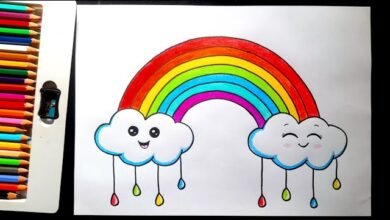
Looking:Vworbpjcsiw= Eyes
The significance of Looking:Vworbpjcsiw= Eyes contact in human interaction extends far beyond mere visual engagement; it is a complex interplay of nonverbal communication that reveals emotional states and intentions. By examining the science behind eye behavior, one can appreciate how cultural nuances shape our perceptions of gaze. This exploration not only highlights the emotional expressions conveyed through the eyes but also uncovers the subtle yet powerful language that exists within this form of communication. As we navigate these intricacies, the implications for our personal and professional relationships become increasingly profound. What might this mean for our everyday interactions?
The Science of Eye Contact
In the realm of interpersonal communication, eye contact serves as a critical nonverbal cue, facilitating the exchange of information and emotions between individuals. It significantly influences visual perception, enhancing cognitive processing and understanding.
Moreover, maintaining eye health is essential, as impaired vision can hinder effective communication. Thus, fostering awareness of eye contact dynamics is vital for promoting both personal connections and overall visual well-being.
Read Also: Kirishima:Vj_1eb_Vuk4= Bnha
Emotional Expressions Through Looking:Vworbpjcsiw= Eyes
Conveying emotions through eye expressions is a fundamental aspect of human interaction, deeply rooted in both biology and psychology.
Eye emotions are intricately communicated via gaze signals, which vary in intensity and duration. These signals serve as non-verbal cues, enabling individuals to interpret feelings such as joy, sadness, or anger, thereby enhancing interpersonal communication and fostering emotional connections in diverse social contexts.

Cultural Perspectives on Gazing
Cultural perspectives on gazing reveal significant variations in the way individuals interpret and utilize eye contact across different societies.
The cultural significance of gaze is shaped by societal norms and historical context, where symbolic meaning may differ dramatically.
Personal experiences and artistic interpretations further influence these perspectives, highlighting the complexity and richness inherent in how gaze functions as a form of communication and connection.
Read Also: Hair:Wnl7hhntxxm= Ginger
The Language of Eye Behavior
The nuances of eye behavior serve as a crucial mode of nonverbal communication, conveying a range of emotions and intentions that words alone cannot express.
Eye movement directs visual attention, revealing cognitive processes and emotional states. For instance, prolonged gazes may indicate interest, while rapid shifts can signal discomfort or distraction.
Understanding these patterns enhances interpersonal interactions and promotes nuanced interpretations of communicative intent.
Conclusion
In conclusion, the intricacies of Looking:Vworbpjcsiw= Eyes contact illuminate the profound impact of nonverbal communication. Just as a painter uses varied brushstrokes to convey emotion on canvas, individuals utilize their gaze to express complex feelings and intentions. The ability to decipher these visual cues enhances interpersonal connections and cultural understanding. Recognizing the significance of eye behavior can transform interactions, fostering empathy and clarity in communication, akin to a lighthouse guiding ships through foggy waters toward safe harbor.




